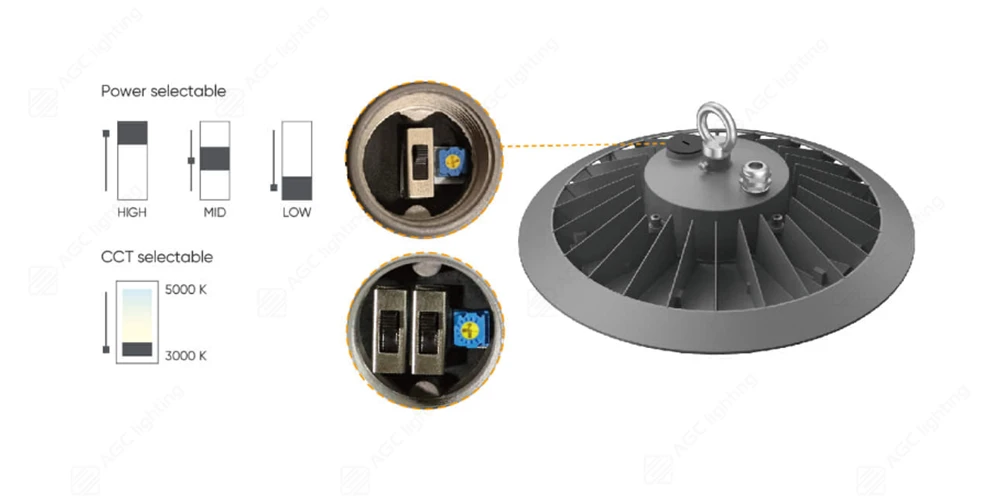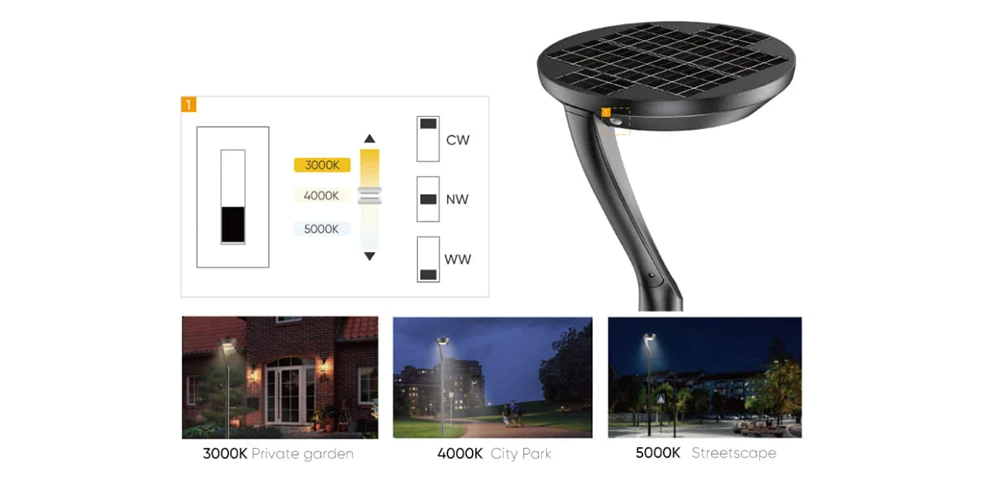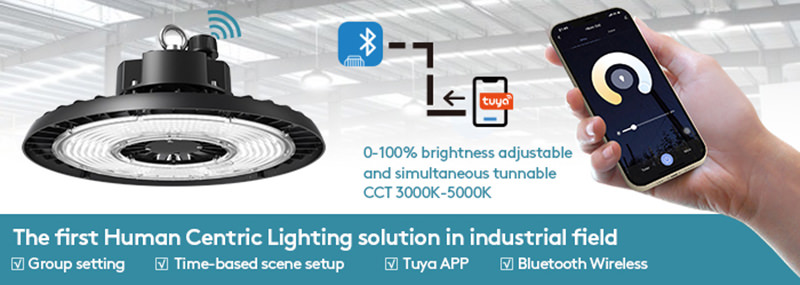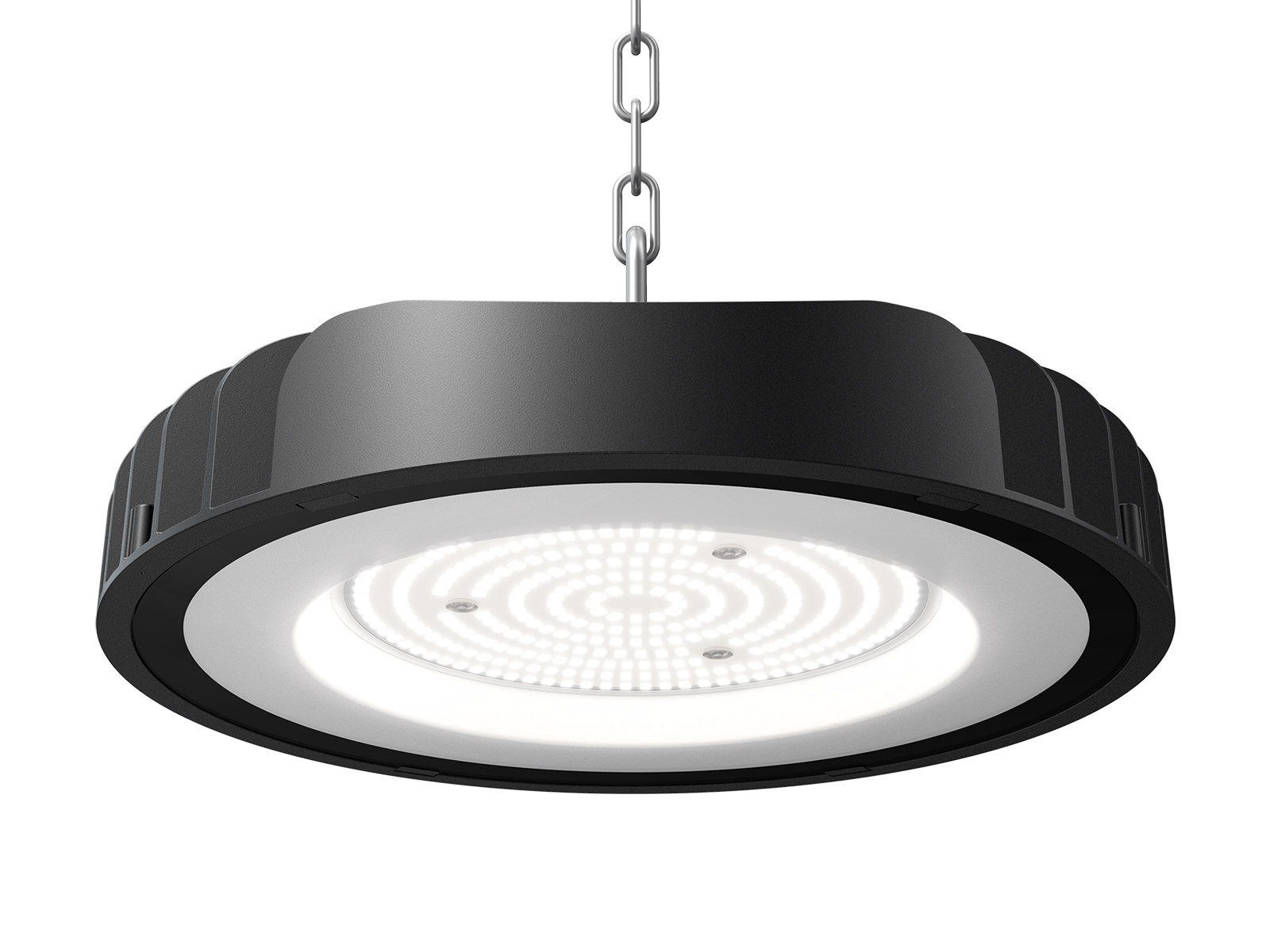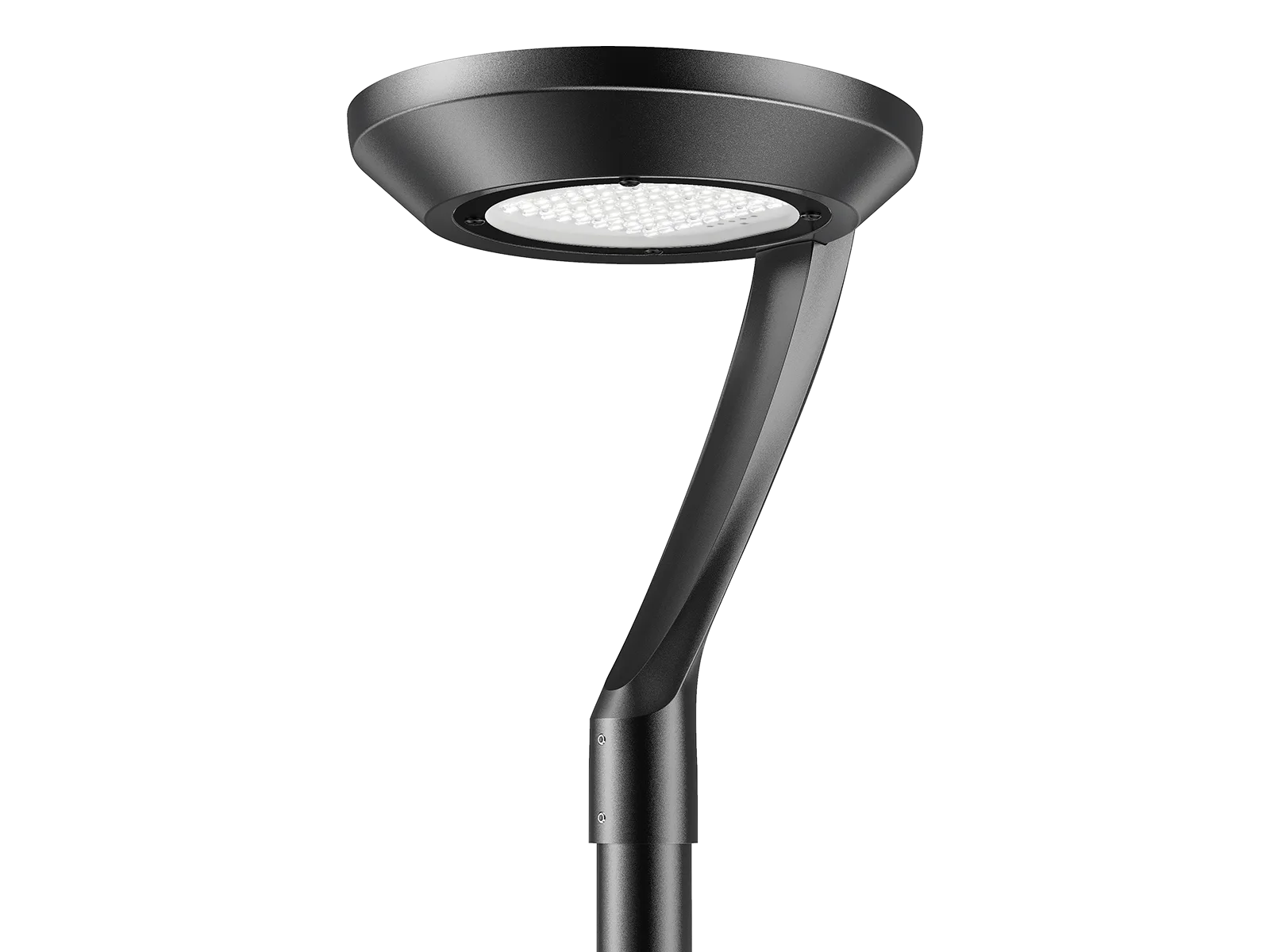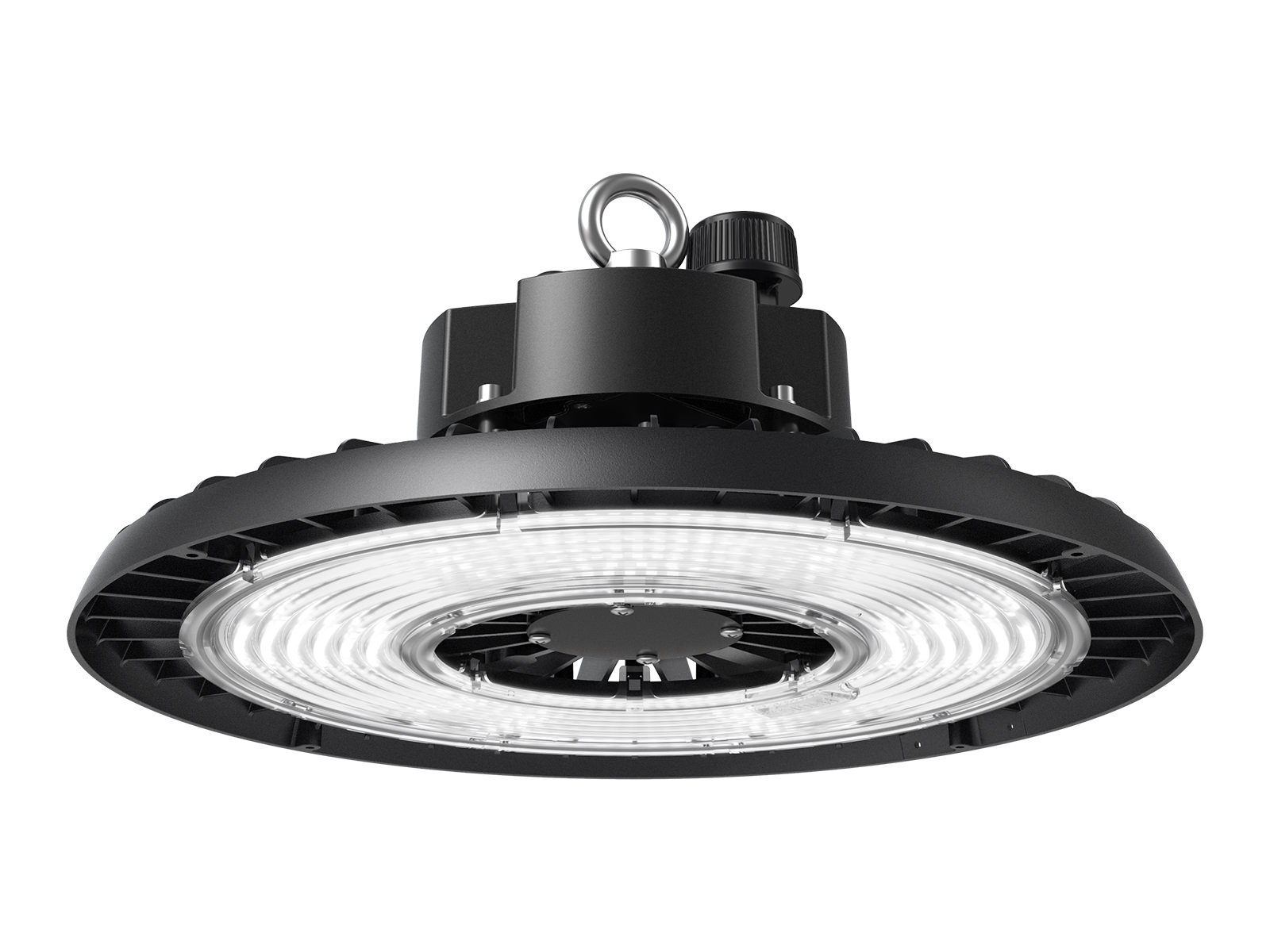We've talked about tunable white lighting before—it’s a type of lighting that lets you adjust the color temperature of the light source. This kind of lighting isn’t just about aesthetics, it’s about well-being too. By changing the color temperature throughout the day, tunable white lighting supports our circadian rhythm, helping to promote alertness in the morning and relaxation in the evening.
But tunable white lighting is just one part of a bigger picture - tunable lighting. Tunable lighting offers the possibility to adjust wattage, CCT, or both the wattage and CCT of the fixtures. It provides a more comprehensive approach to creating customizable lighting environments.
- What is Tunable Lighting?
- Different Types of Tunable Lighting
- Benefits of Tunable Lighting
- Supports Human Circadian Rhythms
- Enhances Productivity and Comfort
- A Competitive Edge and Simplified Inventory Management
- Differences Between Tunable Lighting and Simple Dimming
- Differences Between Tunable Lighting and RGB Lighting
What is Tunable Lighting?
Tunable lighting refers to LED lighting systems that allow the adjustment of color temperature and/or the wattage of the lighting fixture. This flexibility enables the creation of customized lighting environments that can influence mood, functionality, and well-being.
Tunable lighting is also known by terms such as power selectable, color temperature adjustable (CCT), variable white, or custom temperature lighting. The driver within the fixture plays a key role in tunable lighting. Most tunable fixtures can be adjusted with a switch or a dial. Tunable lighting can be controlled through a variety of methods, such as switches, DALI, sensors, and timers, offering flexibility for different applications and user preferences.
How Do Wattage and Color Temperature Relate to Tunable Lighting?
Color temperature is a measure of the color appearance of light, expressed in Kelvins (K). The scale ranges from 2700K to 5700K, a warmer, yellow-toned light (lower Kelvins) to a cooler, bluish light (higher Kelvins). 2700K is warm and soft white light, commonly used in residential and coastal environments. 4000K often referred to as “cool white,” is ideal for spaces such as grocery stores or offices. 5000K is a bright, white light often used in high-activity areas like sports stadiums, hospitals, or workspaces requiring sharp visibility.
Wattage refers to the amount of electrical power a light source consumes. In the case of tunable LED systems, the driver within the fixture is important in managing power distribution to adjust light output. By selecting the appropriate wattage for a given application, tunable LED systems allow for not only optimal energy usage but also flexibility in adjusting light levels to suit various tasks and moods.
Different Types of Tunable Lighting
Tunable lighting fixtures vary in terms of control and flexibility. Here's a quick overview of the most common types:
Dim-to-Warm
Dim-to-warm lighting is one of the simplest forms of tunable lighting. As you dim the light, the color temperature shifts from a cooler to a warmer tone, typically between 2700K and 3000K. This creates a cozy, relaxed atmosphere, perfect for winding down after a long day or setting a calm mood in a living space.
Wattage Adjustable (Power Selectable)
Wattage-adjustable lighting lets you control the brightness of the light, but not the color temperature. Also known as "power selectable," this option gives you flexibility in light output. For example, our HB59 high bay light features a wattage-adjustable option, offering settings of 50%, 75%, and 100% power.

CCT Selectable
CCT selectable lights let you choose between different color temperatures, usually from a few preset options. The brightness of solely CCT selectable lights is not changeable. Most CCT selectable fixtures are selectable from two or three color temperatures. For example, the SL30 solar light offers three CCT options, 3000K, 4000K, and 5000K, so you can select the perfect light temperature for your needs.
Tunable White
Tunable white lighting allows users to adjust the color of the light, transitioning from a warm or cool appearance or anywhere in between. These fixtures typically use at least two sets of controllable LEDs: one that produces warm light (around 2700K) and another that emits cool white light (ranging from 5000K to 6500K). Some tunable white lights also offer brightness control. For example, our HB44 tunable white light lets you adjust both the color temperature (from 3000K to 5000K) and the brightness (ranging from 0% to 100%), giving you complete control over your lighting environment.
Benefits of Tunable Lighting
Tunable lighting brings significant advantages for end users, wholesalers, and distributors. Its flexibility and versatility allow you to adjust the color and/or brightness of a space, creating the ideal atmosphere for any setting.
Supports Human Circadian Rhythms
One of the primary advantages of tunable lighting is its ability to support human circadian rhythms. By adjusting color temperatures from warm to cool throughout the day, these systems can help regulate sleep-wake cycles and improve overall well-being. In the morning, cooler blue-rich light can enhance alertness and productivity, while warmer tones in the evening help prepare the body for rest.
Enhances Productivity and Comfort
In workplace environments, tunable lighting has been shown to boost employee productivity and comfort. Workers experience better concentration and reduced eye strain when lighting adjusts to complement natural daylight. The technology also proves valuable in healthcare settings, where it can help regulate patient sleep patterns and potentially speed recovery times.

A Competitive Edge and Simplified Inventory Management
Tunable lighting offers a competitive advantage by meeting a wide range of customer needs with just one product category. Instead of stocking multiple fixed-color temperature and wattage options, wholesalers and distributors can simplify inventory management with fewer SKUs.
Differences Between Tunable Lighting and Simple Dimming
Tunable lighting comes in various forms, and in this comparison, we’ll focus on two types: wattage-selectable lighting and tunable white with dimming.
Dimming controls the light's brightness or intensity without altering its color temperature. This can be done with simple controls like a knob or switch, or through more advanced systems such as smart apps. Dimming adjusts the light's intensity continuously, but the color temperature remains fixed.
Wattage-selectable lighting also adjusts brightness, but by allowing users to choose between preset wattage settings, usually two or three options. These presets adjust the power (and therefore the brightness), but the color temperature remains constant.
Some tunable white lighting allows you to adjust both brightness and color temperature. While it can dim the light, its main feature is the ability to change the color temperature, from warm to cool tones, to suit different moods or tasks.
Differences Between Tunable Lighting and RGB Lighting
RGB lighting uses red, green, and blue LEDs to create a wide spectrum of colors, offering millions of possible color combinations. This makes it ideal for creating dynamic and vibrant lighting effects.
In contrast, most tunable lighting systems focus on adjusting the color temperature within the white light spectrum, ranging from warm white to cool white. However, there is an exception: Full-Color Tunable Lighting. These fixtures can adjust not only the brightness and color temperature but also the color itself. They can transition from white light to any color in the RGB spectrum, giving you the flexibility to create both functional and interactive lighting effects.


